Do meat and bacon cause cancer? Will eggs give you a heart attack? What foods are safe to eat? Here´s the good news: Bacon won’t kill you – find out why!
If you’ve read the news lately, there seems to be a never-ending list of animal products that will either cause cancer or wreck your health. However, if you dig a little deeper, you’ll discover that your favorite plate of bacon and eggs aren’t the problem. The truth? It’s surprisingly simple, but we’ll have to travel back a few decades to find it…
Lately, animal foods such as eggs, and meat are being accused of causing many health problems.
For example, one study suggests that consumption of animal foods such as meat and eggs can increase risk of breast cancer. (1) However, the study overlooks many other factors, such as the quality of the animal and processing of the food.
Judging solely by what this one study suggests, one might think that everyone who has consumed meat and eggs is doomed to sickness unless they’ve been strict vegans their entire life.
However, veganism is only a fragmented solution as it is not discerning between the difference in quality of animal products.
As we explore the works of Weston A. Price and the history of the human diet, we find that there are plenty of cultures that eat plenty of animal products — and experience an abundance of health benefits.
As a matter of fact, the traditional Inuit diet is composed of mostly animal products and fish, and these individuals show some of the lowest incidences of cardiovascular disease. (2)
So perhaps what we’re hearing isn’t the full truth.
Here’s why some healthy skepticism might be in order when it comes to any study that says animal products will be the death of us.
Healthy Meat Eaters
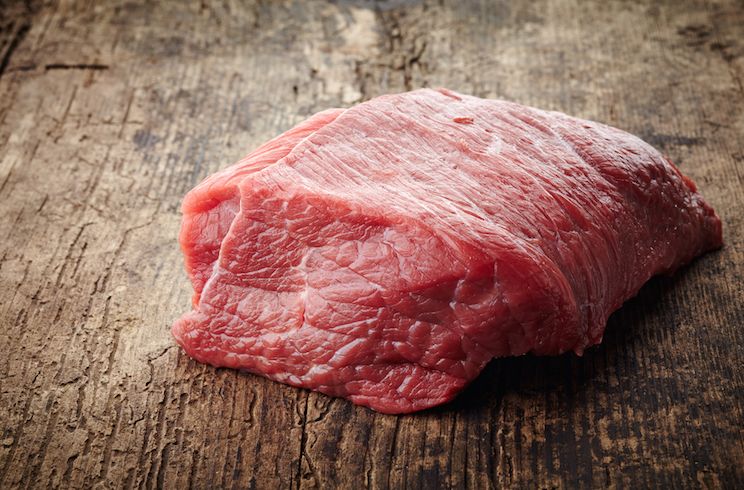
Among his many discoveries, he found that not a single culture, among the healthiest of people, were 100 percent plant-eaters. In fact, some of the healthiest and longest-lived cultures he found were eating a decent amount of animal products. (3)
For example, some of the longest-lived people on Earth, the Okinawans, Maasai, and Hunzakuts – and others – traditionally consume omnivorous diets. (4)
What’s even more interesting is that some of these cultures consume a great deal of animal products as the bulk of their diets. People that live in cold, dry, or mountainous regions like Mongolia and Norway essentially live on animal foods.
Because their soils are too poor and environments too harsh for growing fresh produce, they rely heavily on their livestock to convert the little plant life there is into nutrient-dense foods that they can eat, including milk and milk-based products. (5)
For almost half of the year, all the people in these cultures live on these otherwise “deadly” foods.
Yet, these people do not encounter anything close to the rates of disease, obesity, and cancer that Westerners do.
Is it the animal products, or something else?
Food, Then vs. Now

While a lot has changed since then in terms of lifestyle, one of the biggest changes has been to our diet.
Here’s an interesting fact: our ancestors consumed plants, animals, insects, and seafood for millions of years. (7)
For the first time in history, our food isn’t coming directly from nature, but from factories. The industrial food system came into existence about 60 years ago, right around the climb of obesity rates. (8) Coincidence? Probably not.
In order to really debunk the myth that animal products are deadly, it’s important that we look at the big picture and see the differences between healthy, traditionally processed foods, and the toxic, industrial, man-made foods we are consuming today. [tweet_quote] Before the Industrial Revolution, the human diet was pretty simple: it was real food, direct from nature. [/tweet_quote]
Today, however, that isn’t the case. There are plenty of toxic, non-food lookalikes that are the actual plague of the modern world. Food used to be innately nutritious as nature intended it to be, but industrial farming has dramatically lowered the nutrient content of today’s food. (9)
When animals live in their natural environment, eating the foods Mother Earth provides, there is an abundance of health. These wild animals contain the healthiest of tissues, making wild game some of the healthiest foods next to wild plant life. This was the diet of primitive man and a major reason disease was less prevalent than today.
When an animal is raised, ideally, it lives in humane and sustainable conditions, free of chemicals, poisons and other inhumane stressors like drugs, medications, and cramped living spaces.
Today, however, this isn’t the case, at least not in industrial practices. It was much more common before industrial agriculture for small family farms to be the primary source of animal products.
Industrial Food
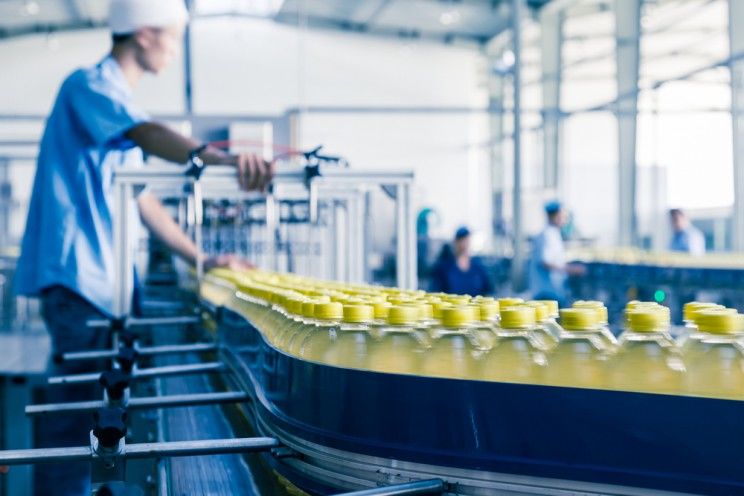
These practices include but are not limited to the use of foreign chemicals, pesticides, herbicides, synthetic foods, and more. These substances are ones that humans have yet to consume before, and they are also toxic to the planet. (10)
A few specific examples include:
- Hexane processed, refined, bleached and deodorized vegetable, canola and soybean oils (11)
- Trans fats and hydrogenated oils (12)
- High fructose corn syrup, refined sugar and chemical artificial sweeteners (13)
- MSG (14
- Artificial colors, flavors, and preservatives (15)
- Polychlorinated, bleached, and refined flours (16)
- Machine-extruded cereal grains that are highly refined (17)
- Synthetic vitamins that the body can’t assimilate (18)
- Toxic, chemical pesticide and herbicide sprays (19)
- Toxin plastics like BPA (20)
- GMOs and hybridized foods (21)
- Mistreated, grain-fed animal practices (22)
- Irradiation and pasteurization (23)
Science is beginning to release information that shows it is these modern, chemical food lookalikes, additives and their byproducts that are making us all sick. (24)
The simple fact is that non-Westernized individuals experience fewer health problems — like acne, as one example. (25) Overall, modern man is far less healthy than primitive man. (26)
Comparing the diets between modern society and more traditional cultures, we see a vast difference. On one hand, we have the modern diet that largely consists of:
- Boxed foods
- Canned foods
- Bagged foods
Then on the other hand, we have a traditional diet comprised of:
- Home-cooked foods
- Local foods
- Organic and fresh food
One is the product of the industrial food movement, and the other the product of a natural, organic lifestyle.
Often, if not always, when people switch from industrial foods to traditional foods, they find their health returns; their energy improves, and their chronic illnesses improve or vanish. (27)
Looking at these differences in the simplest of ways, what more reason do you need to eat a traditional whole food diet? One is just junk and the other is real food!
Maybe It’s Not Meats’ Fault
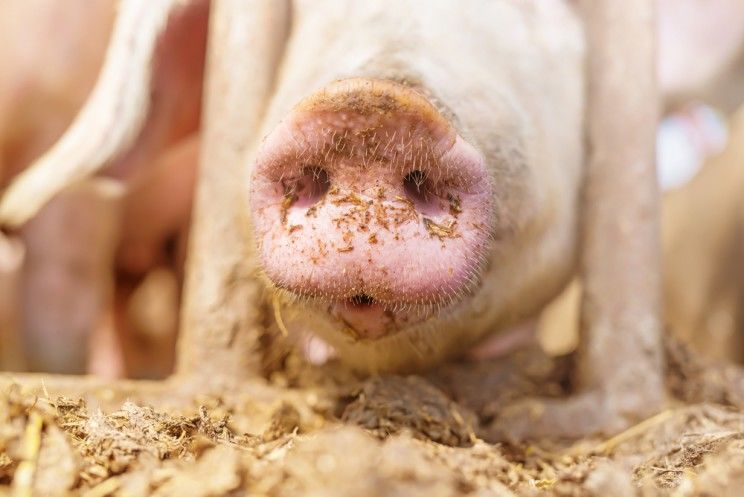
In the industrial food system, animals and fish live in quarters where they can hardly move, live in toxic environments, and are given chemical-laden feeds. (28)
The feed comes packed with waste from genetically-modified grains and soybeans that are heavily sprayed with pesticides. This meal is unnatural and damaging to the animals’ digestive systems, causing inevitable sickness. Animals are then injected with hormones and antibiotics — all this ends up in the food you eat. (29)
This is where the problem becomes apparent: it’s not the meat that is unhealthy per se, but animals raised on a poor diet and harmful living conditions.
If that wasn’t enough, add on the fact that this already toxic meat and food product is shipped and handled, processed on high-speed, high-heat machines, and then pumped with synthetic fillers, stabilizers, chemicals, and flavors to make up for the lack of quality.
After that, the consumer brings it home and cooks it improperly, using heating methods that further oxidize and denature this food, making the proteins oxidized and the fats rancid! (30)
Unhealthy Meat is Unhealthy
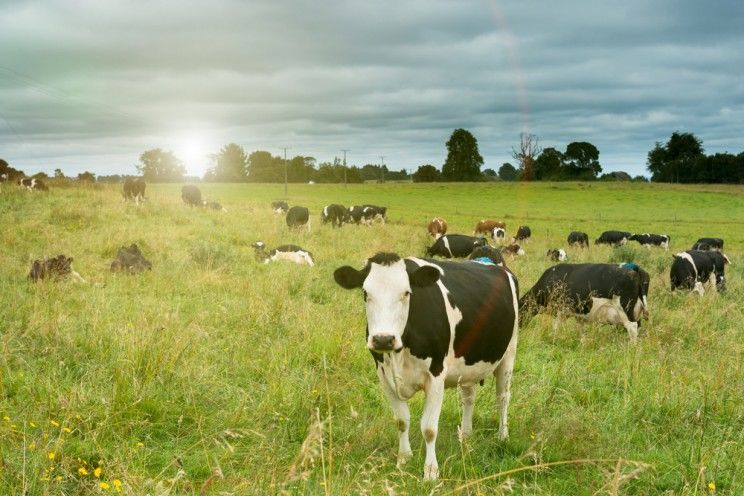
Many studies claiming animal foods to be harmful aren’t done using high-quality grass-fed meat, eggs, or dairy. Grass-fed meats are significantly healthier and contain a lower amount of fat and higher amount of healthy omega fatty acids. (31)
These studies typically do not account for proper preparation and cooking methods, either.
Other studies discern between the effects of cooking methods of meat. (32) Yes, the way we cook our food can make it toxic ,as well!
This is very important because the way animal foods were traditionally consumed – typically raw, fermented, or aged – all came long before diseases like cancer were an epidemic.
Additionally, most all of these studies are either very poorly designed, or the data is very poorly interpreted.
For example, many studies done on the effects of meat and cancer are related specifically to processed meats and not cause-and-effect association between red-meat intake and cancer. In fact, in these cases, it was the carcinogen levels of meat that had an impact on cancer growth, not the meat itself. (33 34)
This is largely because most studies rely on observational surveys of an individual’s self-reported dietary habits, lifestyles, and personal health. (35) Then those numbers are condensed to find trends, not causes.
Observational studies, by nature, cannot locate causes of disease or health – there are simply too many unique factors.
On the other hand, there are handfuls of studies comparing industrial animal products to organic pasture-raised ones, with industrial foods always coming up short on nutritional quality. (36 37)
It’s crucial to know the difference between healthy, ethically-raised animal products, and the toxic, industrial-raised animal products in order to get a clear understanding of why meat gets a bad rap.
In short, quality matters.
What About Fruit?
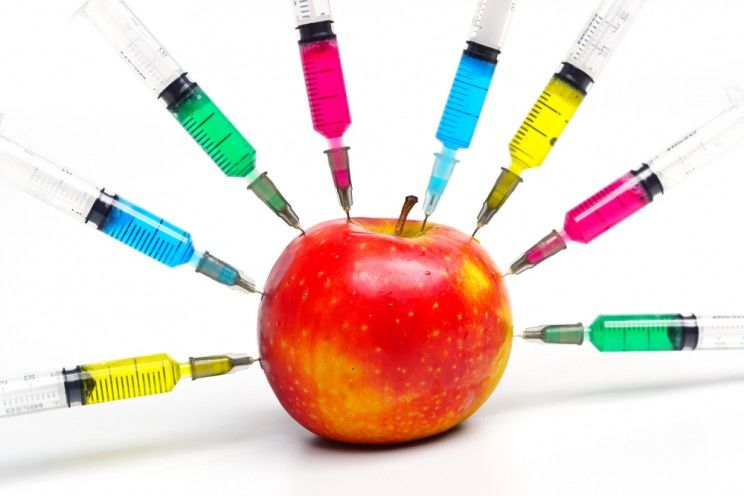
Among meat, fruit is another controversial food today, especially amongst health enthusiasts. The debate is whether fruit is healthy for us or not. The truth is, fruit can be a healthy part of a diet, considering it is rich in vitamins and antioxidants.
However, today most fruit is exceptionally high in sugar, particularly fructose, which in many cases you would be better off without. The primary reason you would want to avoid fruit is in the case that it is high in fructose.
The consumption of large quantities of this fruit sugar not only causes weight gain, but is linked to 70 health problems and chronic diseases. (38)
But not all fruit is bad. In fact, the real problem isn’t even fruit, but what has happened to fruit.
Today, many people are consuming large quantities of fruit that are actually far from natural. As Daniel Vitalis puts it, “fruit is about as hybridized from their natural state as a Chihuahua is from a wolf.” (39)
What many people do not recognize is that all dogs (Chihuahuas included) are actually wolves. They share the same gene as wolves, Canis Lupis. However, over centuries of crossbreeding, we now have a wild variety of man-made canines.
In this same way, the majority of fruit in stores are hybridized versions of their original species. The modern apple, for example, has been hybrid extensively to be much larger and sweeter – by roughly 60 percent. Apples were originally closer in size to berries – think wild crab apples – and were very tart and small.
Similarly, we have the modern banana, which was actually invented in the 1800s. Prior to that were the red and green bananas, which were cooking bananas. And before that was the wild banana, which is very small and riddled with seeds – unlike current bananas currently in stores, which are completely sterile. (40)
So again, if you are going to consume fruit, be aware that what we call fruit today is actually far from it. Ideally, we would all do a little bit of foraging for wild berries, such as blueberries, raspberries, mulberries, blackberries, and a large assortment of others, which still contain most of their original DNA.
I suggest researching a few practical plants in your local area as a place to start. Plants like dandelion, nettle, and the berries just mentioned grow in most places.
If you’re not up for this, then you could also go to farmer’s’ markets, where you can get berries and greens that are at least grown locally, and sometimes even wildly.
At the very least, when getting berries, go for organic. And the smaller the berry is, usually the closer it is to wild. For example, many stores sell wild blueberries frozen, and you’ll find that they are much smaller in size.
Becoming a Qualitarian

I advise ditching the dietary dogma and fear-based approach to eating, and getting back to our roots! The verdict is in, that a vegan or vegetarian diet is not the only way to eat healthfully.
In fact, the true reason most people experience greater health when they go vegan or vegetarian is because they give up most or all industrial, processed foods, and start eating more whole foods!
Whether you go vegan or not depends largely on your unique body type and individual metabolism. If you are inclined to eat meat or these otherwise forbidden foods, you can get high-quality, organic, grass-fed beef, dairy, and eggs — and avoid health problems.
Here are a few tips on becoming a qualitarian when it comes to diet, and particularly when consuming animal products:
- Get animal products from local farms or a farmer’s market (or at the least, a local health food store that carries quality products.)
- Go organic
- Get animal products that are pasture-raised
- Shop at co-ops (websites like eatwild.com or localharvest.org can point you to a local farm or co-op in your area)
- Try U.S. Wellness Meats and Vital Choice Seafood
- HUNT
- Choose wild game and wild-caught seafood whenever you can
- Forage wild berries
Despite the fear-based stories in the media, we have plenty of evidence from both modern science and ancient wisdom that proves that animal foods – when acquired via natural means – can be extremely healthy, nutrient-dense foods.
Instead of adopting a strict dietary dogma, keep it simple and as nature intended. Avoid the real poisons, which are industrial toxins.
Reacquainting ourselves with our roots will pave a path toward a healthier diet and lifestyle that benefits not only our bodies, but also our sense of community, the animals, and Mother Nature. So, depending on the quality of your food, you can have you bacon and eat it, too.
(Read This Next: Glyphosate: The Herbicide You’re Eating That ‘Probably’ Causes Cancer)


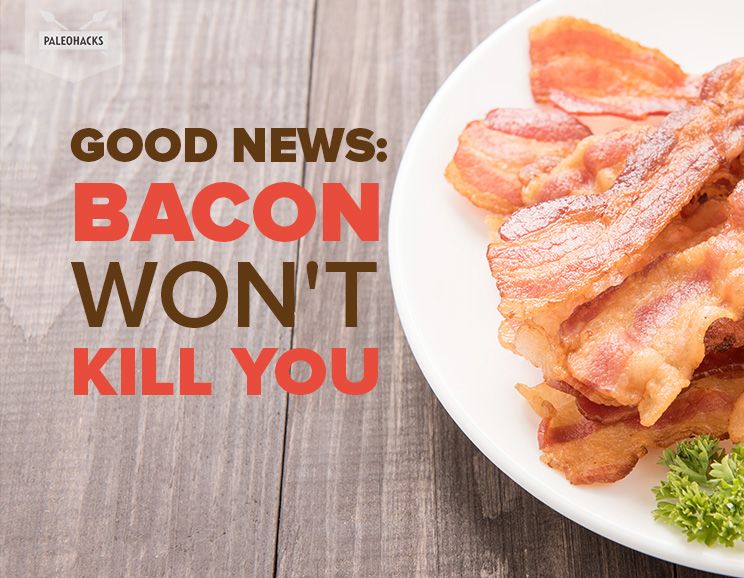
 8 Exercises to Protect Your Shoulders from Damage
8 Exercises to Protect Your Shoulders from Damage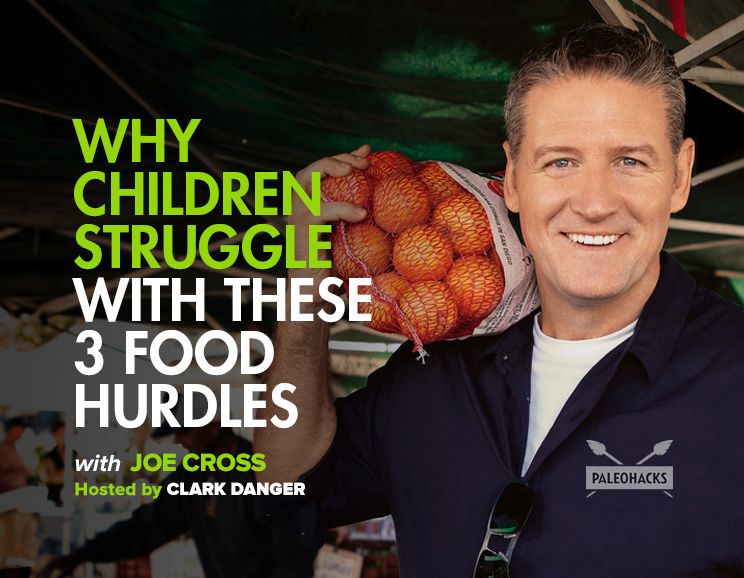

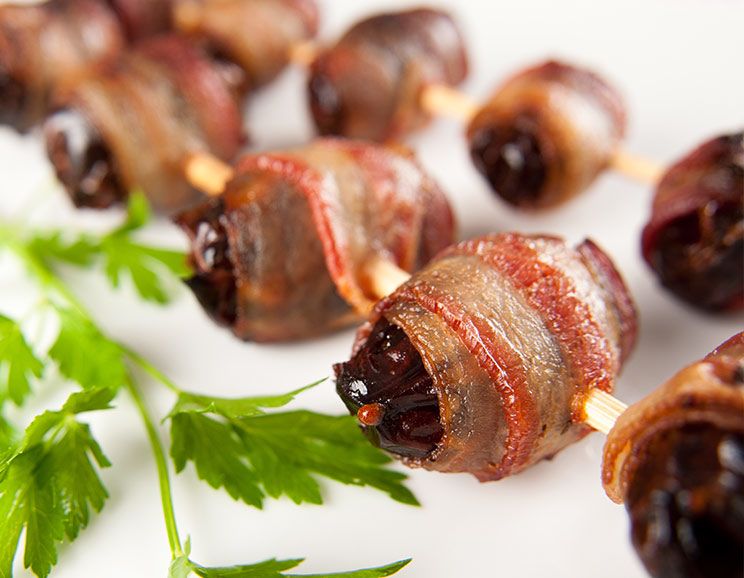
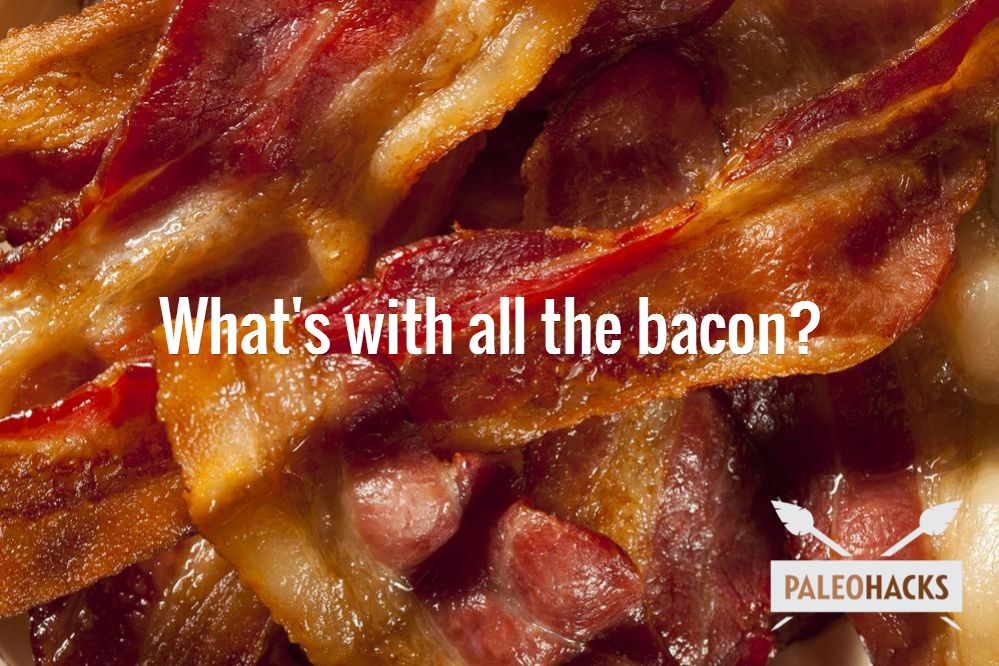
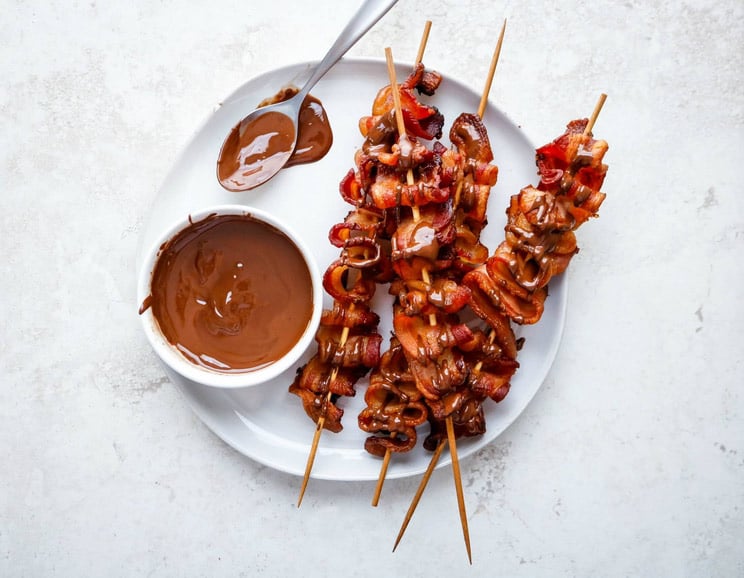
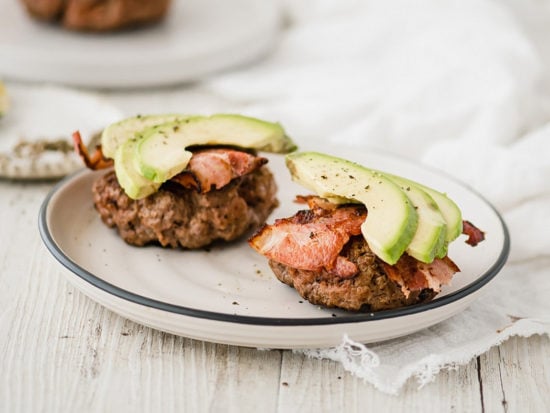




Show Comments